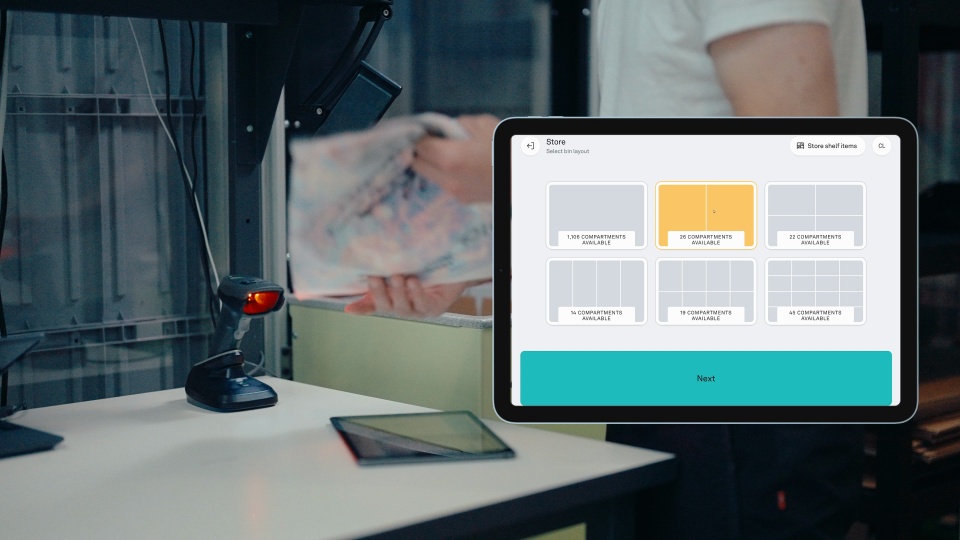
FAQs
Find quick answers to common questions about Pio. For further assistance, feel free to reach out to our team through the contact form.
Pio uses modularAutoStore technology, making it easy to expand the system as your business grows.
If you require additional customizations as your business scales up, we can also assist with the transition to a full AutoStore solution.
Shipping and customs costs are not shown online. Additionally, you’ll need to source and purchase any peripheral equipment, such as iPads, scanners, and printers, as these items are typically already owned by customers. A workstation or desk for storing and fulfillment operations is also not included.
Depending on your warehouse, there may be additional costs for any building modifications required by your insurance company or local regulations. We can offer initial guidance, but you are responsible for building modifications and any necessary permits. Many customers work with an experienced service provider for this process, and Pio is building a network of partners to assist where needed.
Lastly, if you’re connecting to Pio through the API, you’ll be responsible for setting up the integration. We’re building a network of integration partners who can assist—just reach out for more information.
%20(1).webp?width=2600&name=Pio-warehouse-v03%20(1)%20(1).webp)
